States
Deer Domination In 10 States Where The Wildlife Crisis Escalates
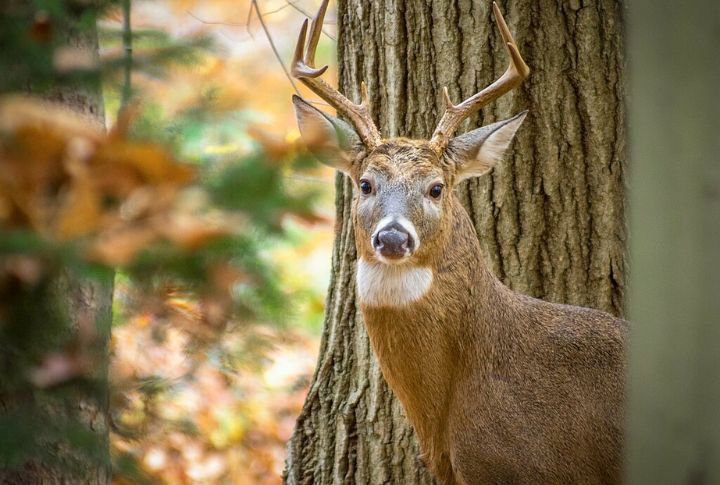
Something is shifting in America’s wilderness, and it’s not going unnoticed. Expanding deer populations are creating challenges for ecosystems, farmers, and drivers alike. With fewer natural controls and shifting environments, some states are feeling the impact more than others. Let’s take a closer look at where this growing crisis is hitting hardest.
Michigan
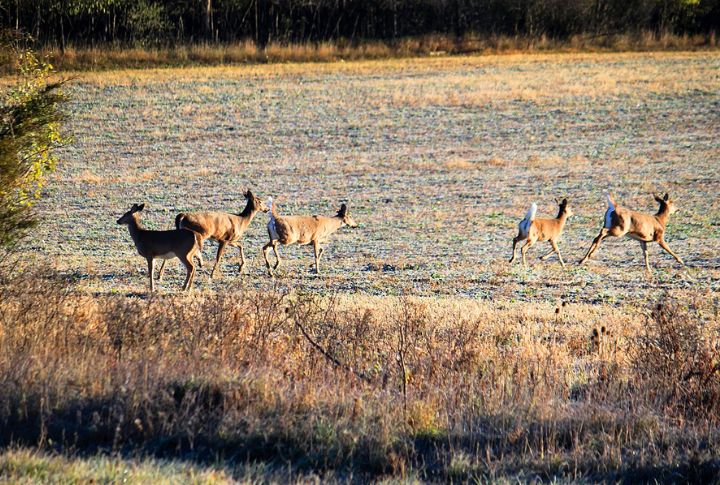
Michigan’s deer population is estimated at approximately 1.7 million. In 2023, the state recorded 58,806 deer-vehicle collisions, resulting in 1,725 injuries and 19 fatalities. Hunting participation is dropping, adding to the problem. Without new management strategies, Michigan’s deer crisis will only deepen.
Wisconsin
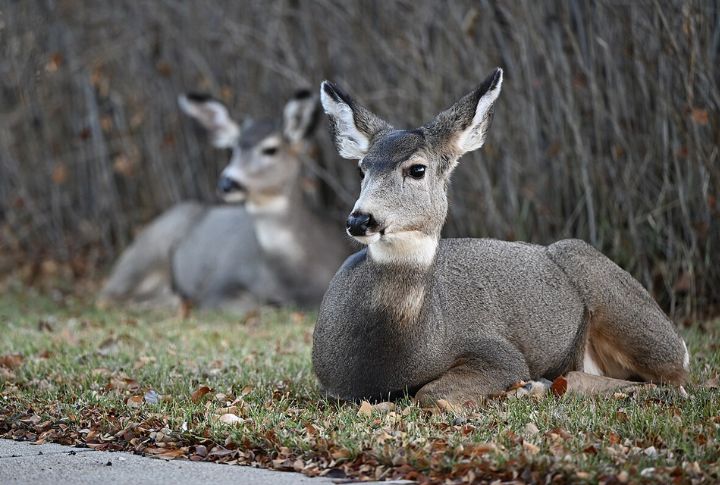
Once held in check by harsh winters, Wisconsin’s deer population now thrives due to milder conditions. This rapid growth leads to severe overgrazing, stripping forests of essential vegetation. Deer-related collisions have also increased, with Wisconsin drivers facing a 1 in 63 chance of an accident. Meanwhile, native plant species struggle as deer outcompete them for survival.
Pennsylvania
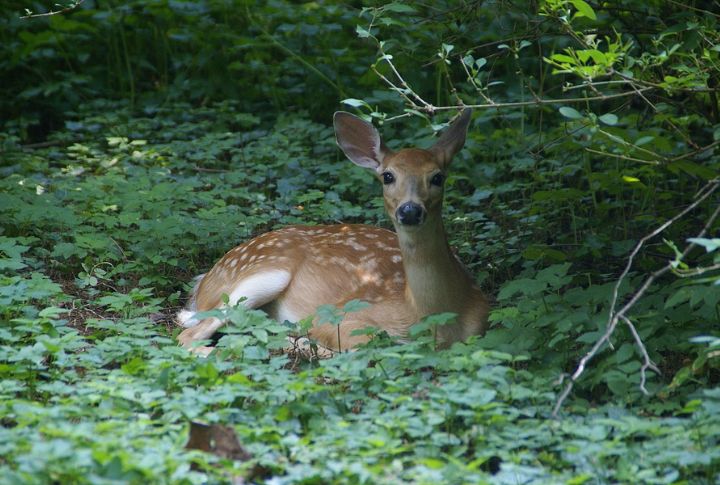
With a deer population of approximately 1.5 million, Pennsylvania drivers have a 1 in 61 chance of experiencing an animal-related collision, with an estimated 150,300 claims, the highest in the nation. Deers thrive in residential areas to devour gardens and spread Lyme disease through tick infestations.
New York
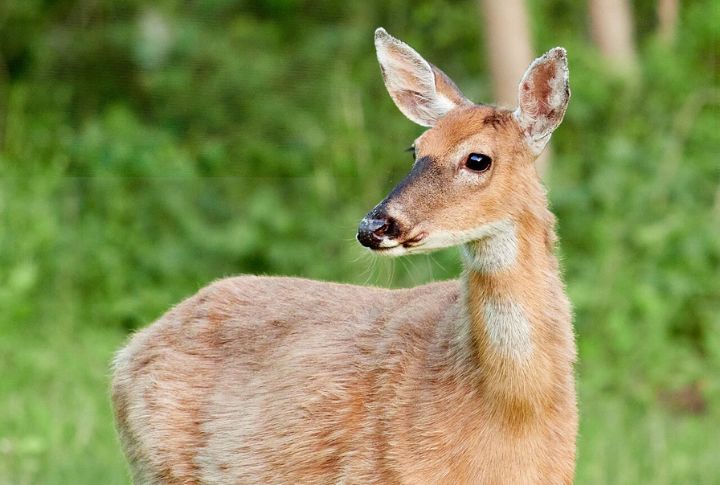
City skylines don’t intimidate New York’s massive deer population, which was estimated at over a million in 2021. Urban parks and suburban areas serve as new grazing zones, where deer damage landscaping and disrupt ecological balance. In rural regions, excessive browsing weakens young forests, making it harder for tree populations to regenerate naturally.
Texas
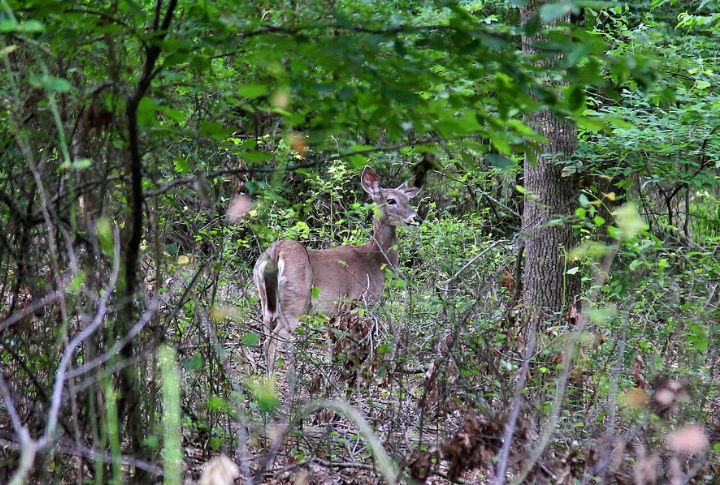
Texas has the most deer in the country, with over 5.5 million roaming the state, placing enormous strain on native plant life. Illegal deer smuggling adds another layer to the problem, spreading chronic wasting disease among herds. Ranchers, hunters, and lawmakers debate solutions, but no easy fixes exist.
Illinois
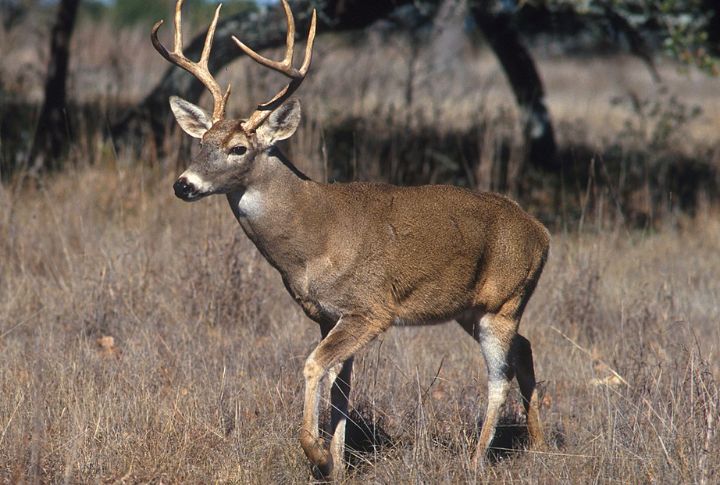
Cornfields have become prime feeding grounds for Illinois’ growing deer population, estimated at 640,000. Farmers report mounting crop losses each year. During the 2024 firearm hunting season, hunters harvested 82,496 deer, up from 76,494 in 2023. While hunting provides some relief, experts argue that additional population management tactics must be considered.
Missouri
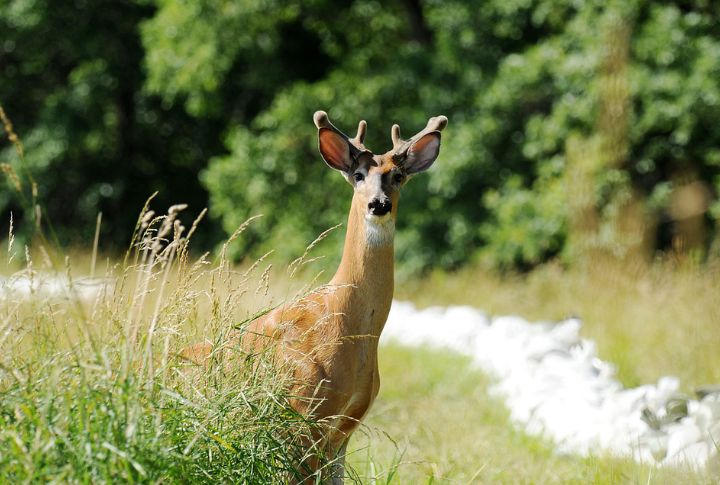
Missouri’s deer population stands at approximately 1.4 million. As a result, driving at dusk in Missouri has become increasingly dangerous. More deer on the move means more collisions, which put motorists at risk. Beyond the roads, forests face their struggles. Young trees are being wiped out before they can mature.
Virginia
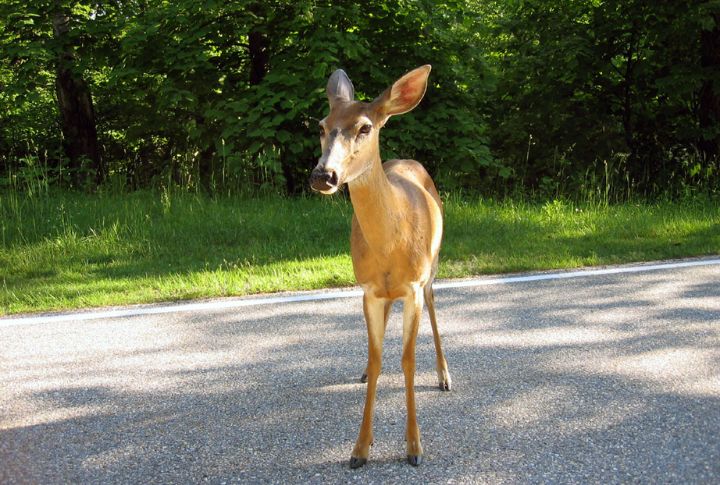
In Virginia, expanding suburbs push wildlife into residential areas, turning gardens and ornamental plants into easy meals for deer. Rising deer populations also correlate with increasing Lyme disease cases. Some communities have introduced culling programs, though these efforts remain controversial among conservationists and animal rights advocates.
Minnesota
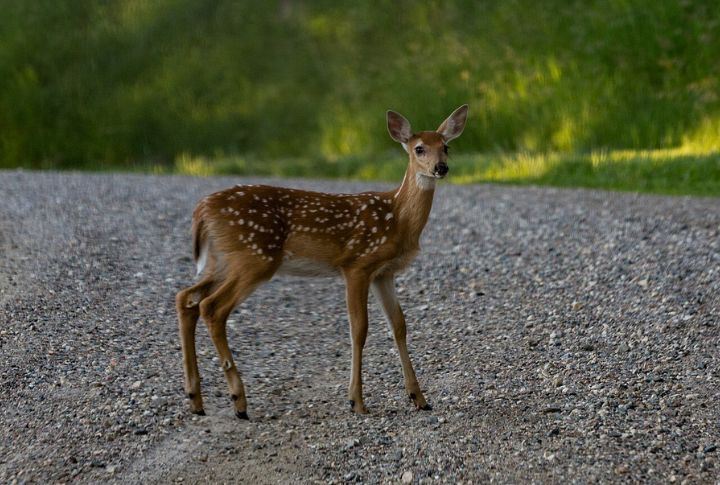
Minnesota’s deer population has swelled to approximately 1 million, aided by warming winters that no longer regulate herd sizes. The Minnesota Department of Natural Resources (DNR) diligently manages the deer population through regulated hunting seasons, with the goal of balancing deer numbers with habitat capacity and minimizing conflicts with humans, such as deer-vehicle collisions.
North Carolina
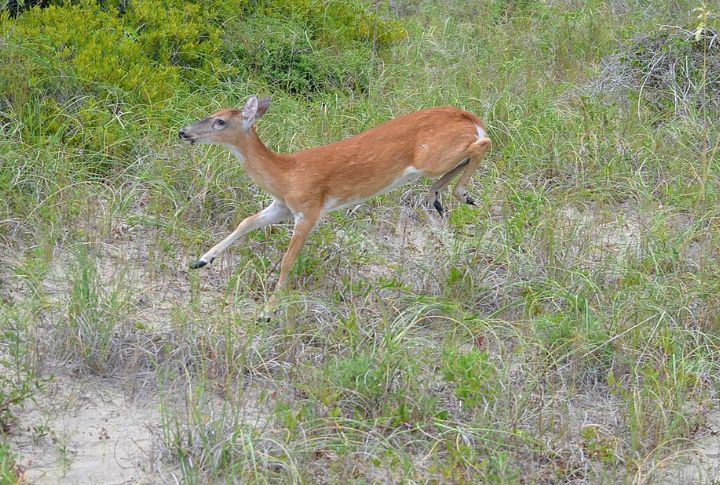
North Carolina’s deer numbers have surged due to the absence of natural predators, with large-scale deforestation pushing them into agricultural lands and causing significant crop damage. In 2022, the state detected its first cases of Chronic Wasting Disease, prompting the wildlife commission to establish surveillance areas and enforce special hunting regulations.

